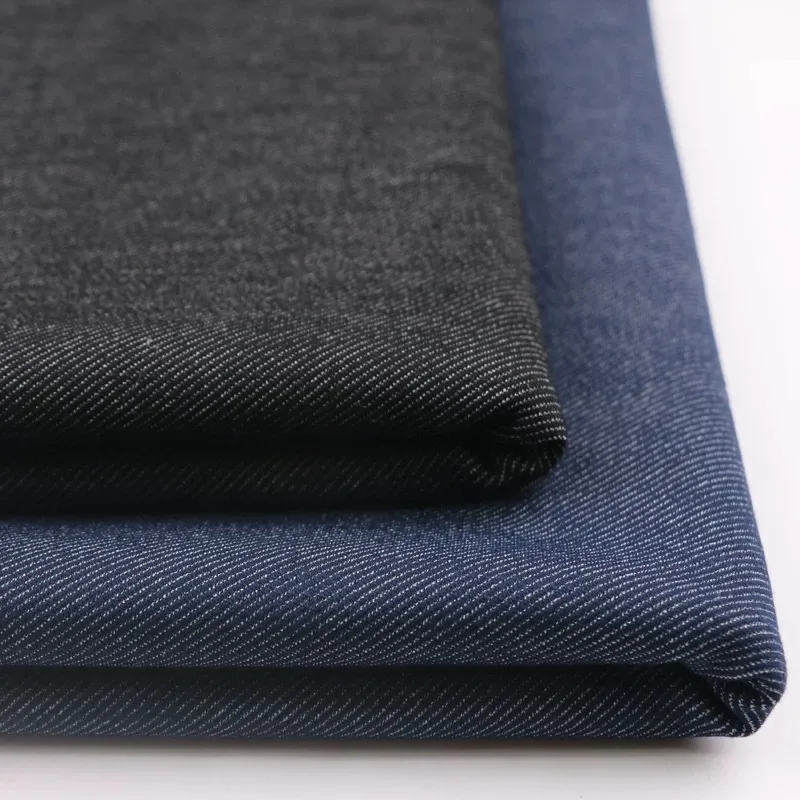The Unique Allure of Indigo Blue Across Textiles
Indigo blue has long been admired for its deep, rich tones and timeless versatility in the world of dyeing. Known for its transformative effects on various fabrics and its significant role in modern fashion, indigo dye stands as a staple in the textile industry. This article delves into how indigonsininen interacts with materials like cotton, silk, and wool, offers insights into safely using indigo blue powder at home, and highlights its prominent examples in contemporary fashion.

How Indigo Blue Works on Cotton, Silk, and Wool
The adaptability of indigonsininen across different fabrics is one of its most remarkable features. Its application varies depending on the material, allowing for distinct textures and appearances.
On cotton, indigo dye is celebrated for its ability to create bold, uniform tones. The fibers of cotton absorb the dye deeply, making it a favorite for denim and casual wear. The smooth surface of the fabric allows the indigonsininen to shine with clarity, whether in a solid wash or faded finish.
Silk, on the other hand, offers a delicate canvas for indigonsininen. The natural sheen of silk enhances the depth of the color, creating a luxurious and iridescent effect. However, silk requires gentle handling during the dyeing process to maintain its softness and texture. This combination of care and vibrancy makes indigonsininen an excellent choice for high-end garments and accessories.
Wool absorbs indigo dye differently due to its unique protein-based structure. The result is a slightly muted, earthy tone that feels warm and organic. This effect is particularly popular in winter wear and hand-knitted items, where the subtler hues of indigonsininen complement the cozy texture of wool.
Using Indigo Blue Powder Safely at Home
For enthusiasts looking to experiment with indigo dye at home, safety and preparation are key. Indigo blue powder can be a transformative tool for DIY projects, but it requires proper handling to ensure both effective results and user safety.
Begin by setting up a well-ventilated workspace to avoid inhaling fine particles from the indigo blue powder. Wearing gloves is essential, as the dye can stain skin and nails. Mixing the powder with water and a reducing agent, such as sodium hydrosulfite, activates the dye and prepares it for use.
When applying indigo dye to fabrics, immerse the material fully in the dye bath and allow it to oxidize. This process is what turns the yellow-green solution into the iconic indigonsininen shade. After dyeing, rinse the fabric thoroughly to remove any excess dye and allow it to air dry. Properly disposing of leftover dye bath materials ensures environmental safety.
Whether creating vibrant scarves, unique T-shirts, or decorative home textiles, indigonsininen offers endless possibilities for at-home creativity.
Modern Fashion Embraces Indigo Blue
In the realm of contemporary fashion, indigonsininen continues to make bold statements. Its versatility has allowed designers to reimagine this classic color in ways that are both innovative and timeless.
One prominent example is the enduring popularity of indigo dye for jeans. From skinny fits to relaxed cuts, denim owes its iconic status to the rich hues of indigonsininen. High-end designers have also embraced distressed and vintage-inspired denim, further showcasing the dynamic appeal of this dye.
Beyond denim, indigo dye appears in flowing maxi dresses, structured jackets, and even activewear, demonstrating its adaptability to different styles. Hand-dyed accessories, including scarves, tote bags, and headbands, highlight the artisanal charm of indigonsininen. Its deep, calming tones are equally at home in casual and formal wear, making it a perennial favorite in wardrobes worldwide.
The Timeless Appeal of Indigo Blue in Textile Design
What sets indigonsininen apart is its ability to bridge the gap between tradition and modernity. From its roots in ancient cultures to its current status as a fashion staple, indigo dye has transcended trends, embodying both authenticity and innovation.
Designers today continue to explore the potential of indigonsininen, experimenting with new techniques and blending it with other natural dyes for unique color palettes. This ongoing evolution ensures that indigonsininen remains relevant, inspiring creativity across industries.
For anyone seeking a color that speaks of depth, heritage, and versatility, indigonsininen is the ultimate choice. Whether in textiles, home projects, or high-fashion collections, its enduring charm never fails to captivate.
-
The Timeless Art of Denim Indigo Dye
UutisetJul.01,2025
-
The Rise of Sulfur Dyed Denim
UutisetJul.01,2025
-
The Rich Revival of the Best Indigo Dye
UutisetJul.01,2025
-
The Enduring Strength of Sulphur Black
UutisetJul.01,2025
-
The Ancient Art of Chinese Indigo Dye
UutisetJul.01,2025
-
Industry Power of Indigo
UutisetJul.01,2025
-
Black Sulfur is Leading the Next Wave
UutisetJul.01,2025

Rikki musta
1.Name: sulphur black; Sulfur Black; Sulphur Black 1;
2.Structure formula:
3.Molecule formula: C6H4N2O5
4.CAS No.: 1326-82-5
5.HS code: 32041911
6.Product specification:Appearance:black phosphorus flakes; black liquid

Bromo Indigo; Vat Bromo-Indigo; C.I.Vat Blue 5
1.Name: Bromo indigo; Vat bromo-indigo; C.I.Vat blue 5;
2.Structure formula:
3.Molecule formula: C16H6Br4N2O2
4.CAS No.: 2475-31-2
5.HS code: 3204151000 6.Major usage and instruction: Be mainly used to dye cotton fabrics.

Indigo Blue Vat Blue
1.Name: indigo blue,vat blue 1,
2.Structure formula:
3.Molecule formula: C16H10N2O2
4.. CAS No.: 482-89-3
5.Molecule weight: 262.62
6.HS code: 3204151000
7.Major usage and instruction: Be mainly used to dye cotton fabrics.

